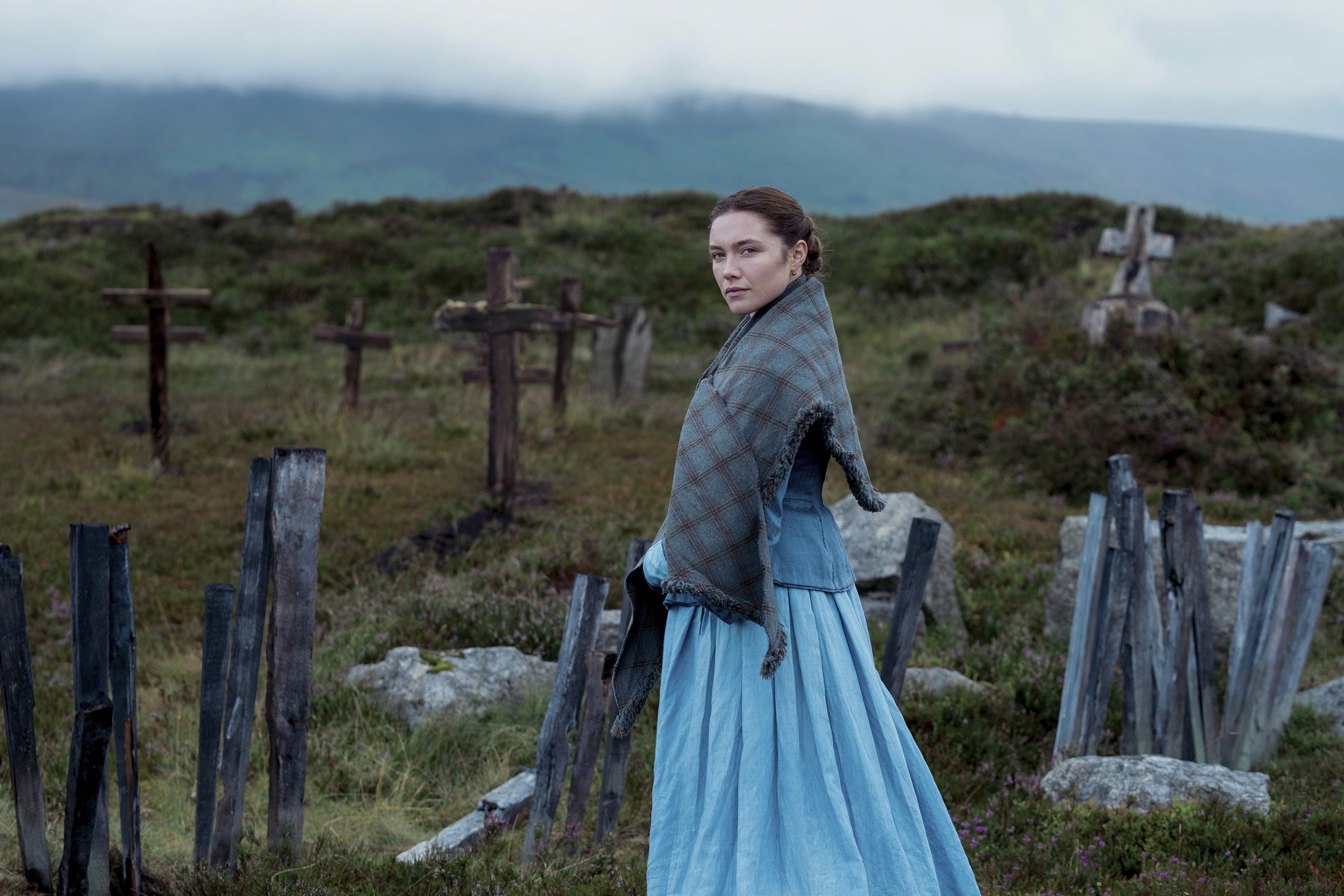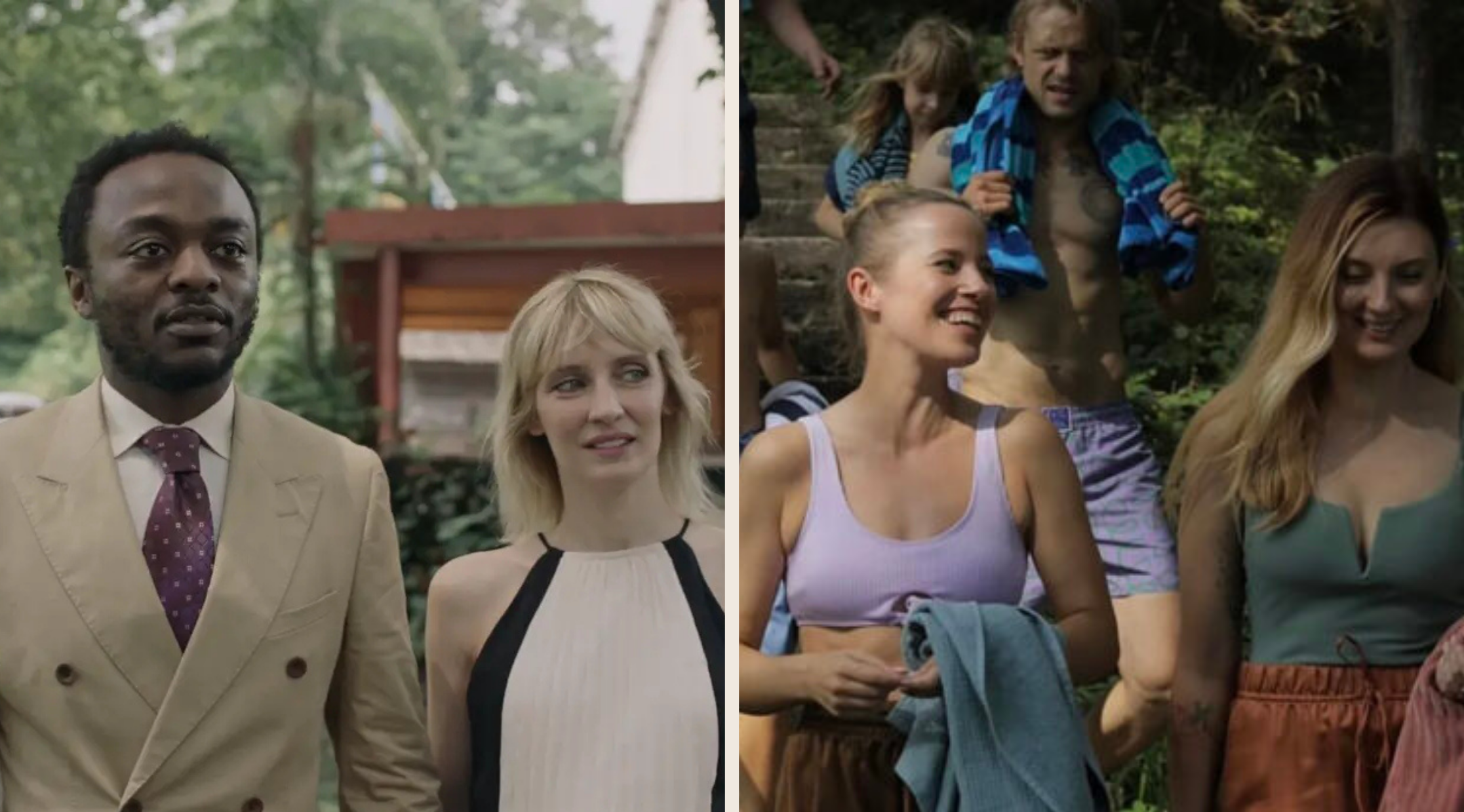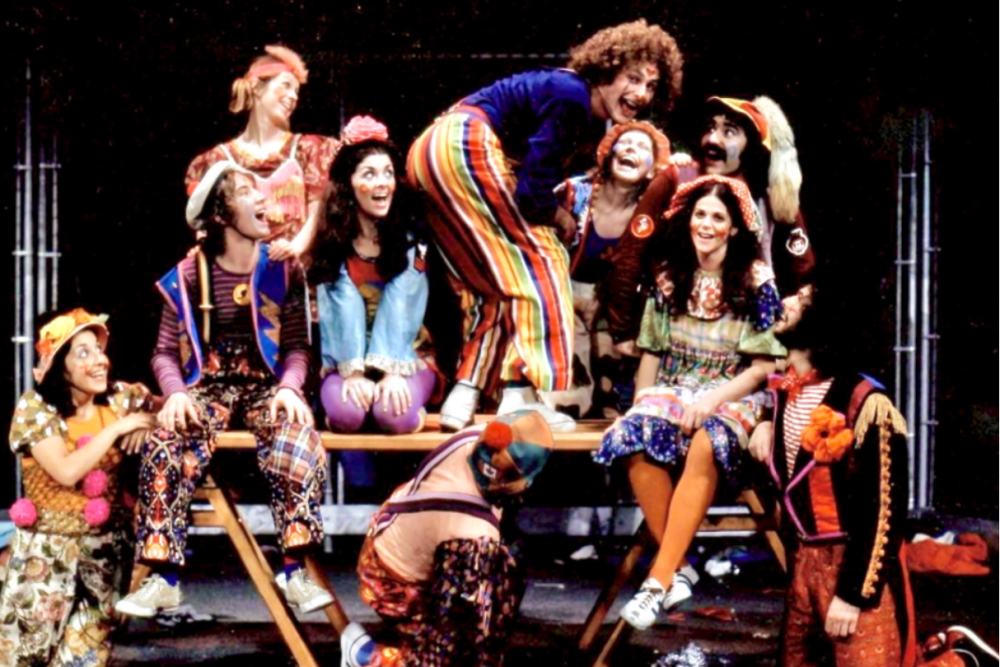Film review: Haunting atmosphere and powerful performances drive The Wonder's probing look at science and faith
Florence Pugh is riveting as a 19th-century nurse sent to the Irish Midlands to observe a “fasting girl”
Florence Pugh’s Elizabeth is out of her comfort zone as an English nurse sent to the remote Irish Midlands to observe a girl who may or may not be a product of divine intervention.
The Wonder screens at VIFF Centre until November 16
IN THE AUDACIOUS opening shot of Sebastián Lelio’s haunting The Wonder, a camera pans through a gaping warehouse to what is clearly a constructed film set. It zooms into a cramped, dark space, tightening the frame so we are suddenly immersed in an 1862 boat hold with Florence Pugh’s stern-faced Elizabeth, an English nurse who’s taking a long journey to the Irish Midlands. In quick succession, we travel with her by stage coach, open wagon, and up a long, grassy path to a remote Irish village.
The filmmaker will keep us immersed in that world—in the mist-cloaked, heather-purple rolling fields, and a stone cottage so dank you can almost smell the mildew and acrid fireplace smoke. But the distancing of his opening (and closing) framing device is a genius reminder of this gothic-feeling mystery’s themes of truth, lies, and deception, and the stories we construct to make sense of the chaos in the universe.
With The Wonder, rising Chilean director Lelio has created a strange and atmospheric adaptation of Emma Donoghue’s novel of the same name, a mix of mystery, historical drama, and philosophically probing think piece.
Its strong performances give The Wonder extra depth, care of the riveting Pugh, as the stalwart, headstrong nurse Elizabeth, and a remarkable Kíla Lord Cassidy as Anna, an 11-year-old girl who hasn’t eaten for four months—apparently with no ill effects. Donoghue based the story on the Victorian era’s “fasting girls”, whose families claimed divine intervention or miraculous powers helped the children survive indefinitely without anything but water. In the film, Elizabeth has been summoned to a village to “watch” Anna, alternating her eight-hour shifts with a nun, to determine if a miracle or some elaborate, abusive deception is occurring.
Elizabeth is the film’s key skeptic, one who forms an empathic bond with the child—though the male elders who have hired her dismiss her opinions. (“You’re not here to ask questions,” one scolds her. “You are here only to watch.”) An ongoing theme here is the oppression of women and girls, especially ones who speak out. But Elizabeth’s perspective may be compromised by her own traumatic past; beneath the nurse’s steely exterior, we gradually learn, are oceans of pain. Adding to the ambiguity is Cassidy’s transfixing performance: there’s an ethereal light about her that suggests the divine, and a sense that she has a wiseness well beyond her years.
Yet more complexity comes from the fact the film is set in the decade after a wider trauma of famine in Ireland, and that starvation and trauma still live in vivid recent memory. That Pugh is an outsider from England doesn’t help her to understand the Catholic mysticism at work—nor to persuade the townsfolk of the benefits of scientific reasoning.
Though Elizabeth does a kind of detective work, the payoff watching The Wonder lies not so much in solving its central mystery, but in the moral and ethical struggles along the way.
It’s well worth seeing on the big screen before hitting Netflix: cinematographer Ari Wegner, who shot the equally genre-defying The Power of the Dog, turns every frame into a striking painting. Kudos should also go to Alice Birch, who adapted the novel with Donaghue and Lelio, for bringing the same austere, dark edge to the script that helped made Pugh a star in Lady Macbeth; and to Matthew Herbert’s gnawingly creepy soundscape of echoing vocalizations and unsettling electro-acoustic touches.
Together, they create an atmosphere that sits just this side of Gothic horror—but, thanks in part to Lelio's inspired bookends, the ideas around religious fanatacism and martyred women and girls resonate in a way that's all too real and contemporary.













